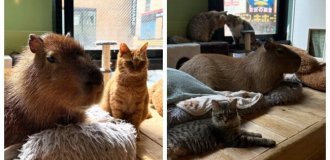Majestic coyotes of Mexico and legends of a mischievous god (9 photos)
Coyotes are specific animals and not the most attractive ones. But in the hall of fame of the creatures of nature - beautiful and amazing, there was also a place for them. 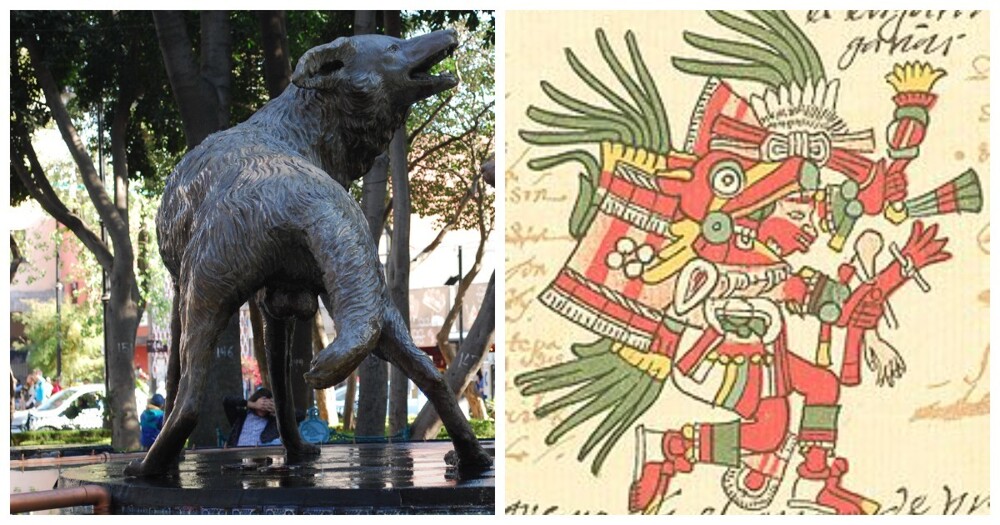
In Coyoacán, a pair of coyotes decorate a fountain that serves as a reference to an ancient Aztec word used for the area. 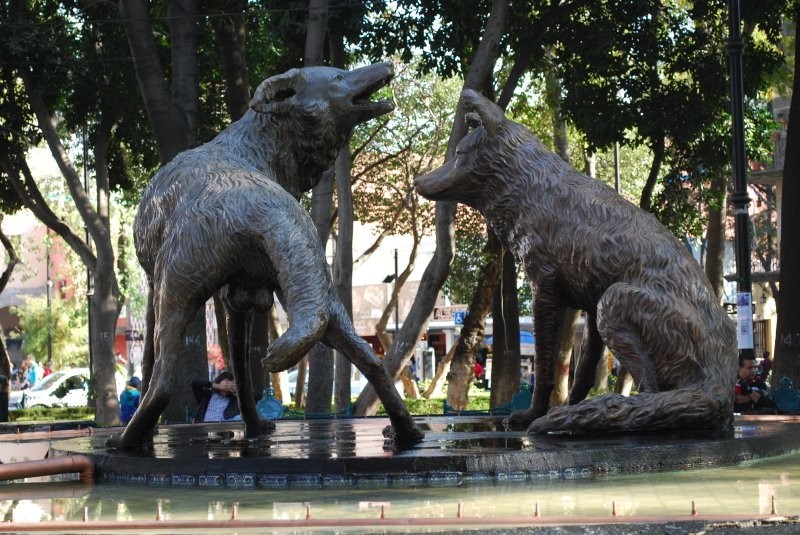
In the central part of the delightful Centenario Park in the Coyoacan district of Mexico City is a bronze fountain statue depicting a pair of coyotes frozen in the captivity of water jets. Created in 1967, the public art piece references the etymology of the area's name, which in Aztec language means "place of many coyotes." 
Coyotes
Historians believe coyotes were once abundant in this part of the Mexican Valley. During the era of the Aztec Empire, the site of current buildings and roads was pine and deciduous forests inhabited by various animals. Moreover, the coyote was an animal of great importance in Aztec culture. 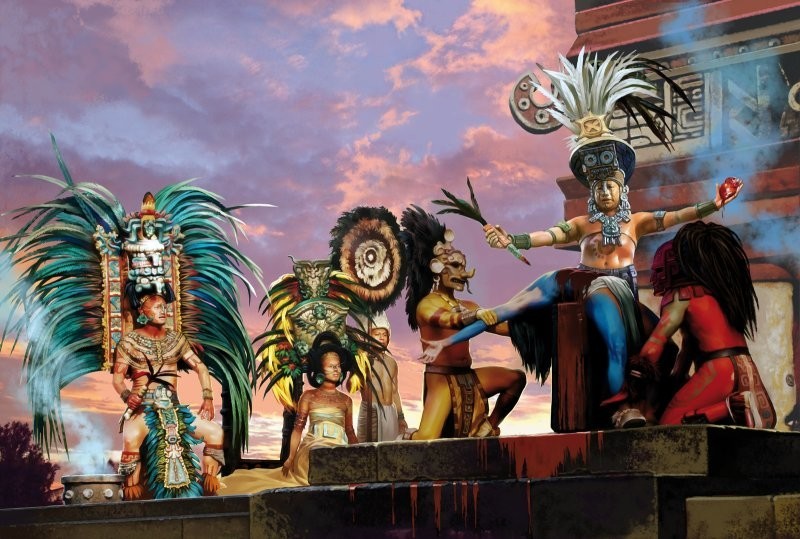
One of the most ancient and revered deities of the Aztecs is Huehuecoyotl, which translates as Old Coyote. He was reputed to be a wise, but at the same time hedonistic and mischievous trickster god with dualistic characteristics. The coyote god was often associated with idle behavior, parties, fairy tales, and male sexual power. Aztec mythology had many tales of many beautiful goddesses whom he seduced. In these legends, Huehuecoyotl invariably appears as a comical figure who will either outwit the angry gods who have become cuckolds due to the mischief of the heartthrob, or will be severely punished by them for his pranks. 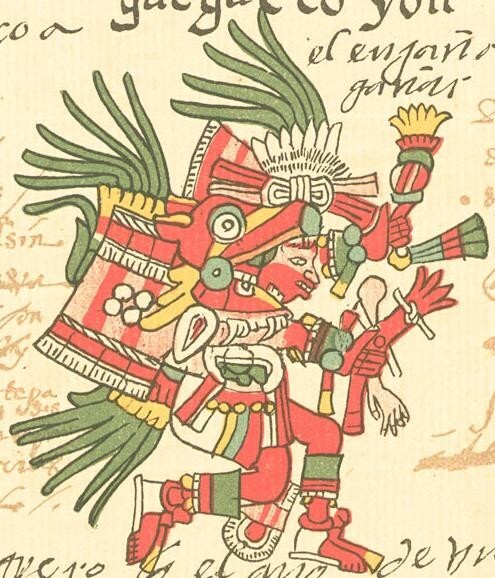
Huehuecoyotl
Huehuecoyotl's antics were not limited only to the realm of the gods: it was believed that he often turns into a man and wanders around the earth, causing showdowns, clashes and conflicts in human society in order to have a little fun and dispel melancholy. 
Therefore, the coyote god was often blamed in times of strife and conflict for their occurrence. But in keeping with his dualistic nature, Huehuecoyotl was also a god with good traits, and people prayed to him when they believed they had been cursed by other deities. Hoping that the cunning Huehuecoyotl could be convinced to deceive his fellow gods and reverse man's destiny. 
Image of naguals - shamans reincarnated as animals
The Spanish conquest of Mexico was unable to completely eradicate such beliefs. And in some regions of the country, the coyote still remains an animal endowed with supernatural significance and associated with black magic. In many rural and indigenous communities, fears persist regarding the existence of a shaman known as a nagual, who, through magic, can transform into a coyote at will and cause misfortune and misfortune. 
However, the coyote no longer lives in Coyoacan, and it is rarely seen in areas near Mexico City. Except in zoos. However, they have not completely disappeared, and this cunning animal can still be found in small numbers in the city's ever-shrinking forest areas, such as the Desierto de los Leones and Ajusco national parks. 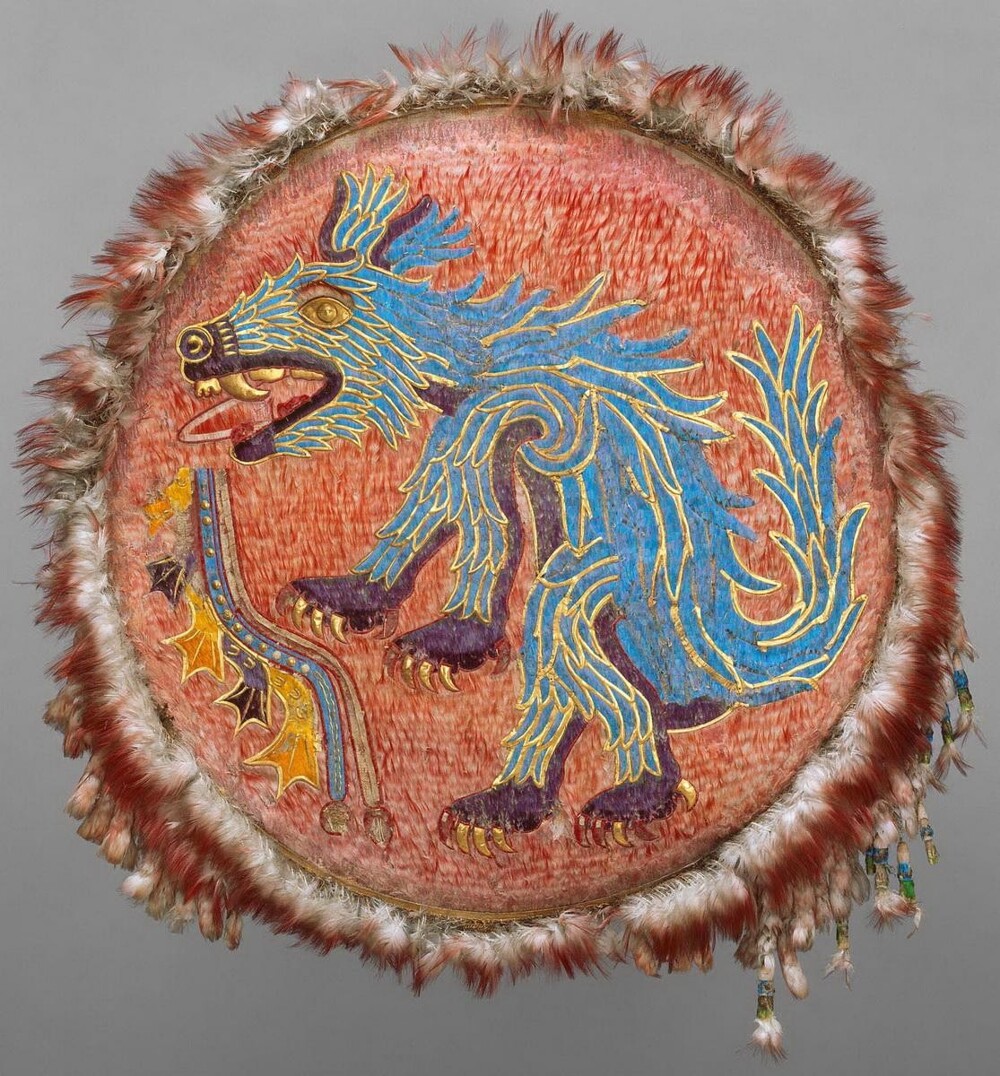
Aztec shield decorated with a coyote





